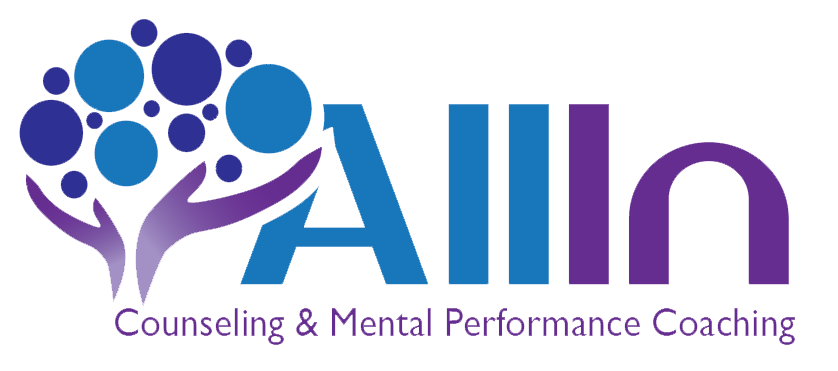
The Power of Meta-Thinking: Understanding Our Triggers and Transforming Our Minds
In the hustle and bustle of daily life, it’s easy to become entangled in our thoughts without ever considering their origins or impacts. However, the practice of meta-thinking, or thinking about how we think, is a powerful tool for personal growth. This reflective process not only helps us understand our mental triggers but also enables us to reframe negative thoughts and align our narratives with our goals. Here’s why this is crucial and how you can start transforming your mind today.
Understanding Meta-Thinking
Meta-thinking involves stepping back and observing our thought processes. It’s about being mindful of how we react to different situations and identifying patterns in our thinking. This self-awareness can reveal a lot about our emotional triggers—those specific situations, words, or events that provoke a strong emotional response.
For example, you might notice that criticism from a colleague triggers feelings of inadequacy, or that certain social situations make you anxious. By identifying these triggers, you can begin to understand the underlying beliefs and assumptions that fuel your reactions.
The Importance of Identifying Triggers
Understanding our triggers is the first step towards managing them. Triggers can lead to automatic negative thoughts (ANTs) that are often irrational and unhelpful. These thoughts can shape our perception of reality and influence our behavior in ways that are not aligned with our true selves or our goals.
Identifying these triggers allows us to:
- Gain Control: Recognize when you are being influenced by a trigger rather than the actual situation.
- Reduce Reactivity: Respond thoughtfully instead of reacting impulsively.
- Promote Self-Awareness: Understand the root cause of your emotions and thoughts.
Strategies for Reframing Negative Thoughts
Once we identify our triggers, we can work on reframing the negative thoughts they provoke. Here are some strategies to help you do just that:
- Challenge Your Thoughts: When a negative thought arises, question its validity. Ask yourself, “Is this thought based on facts or assumptions?” “What evidence do I have to support or refute this thought?”
- Practice Self-Compassion: Treat yourself with the same kindness and understanding that you would offer to a friend. Acknowledge your feelings without judgment and remind yourself that it’s okay to make mistakes.
- Use Positive Affirmations: Replace negative thoughts with positive, empowering statements. For example, if you think, “I’m not good enough,” reframe it to, “I am capable and worthy of success.”
- Focus on Growth: Instead of seeing challenges as threats, view them as opportunities to learn and grow. Ask yourself, “What can I learn from this experience?” “How can I use this situation to improve?”
- Visualize Success: Picture yourself achieving your goals and experiencing positive outcomes. Visualization can reinforce a positive mindset and motivate you to take action.
Using Goals to Rewrite Our Narratives
Our personal narratives—the stories we tell ourselves about who we are and what we can achieve—shape our reality. By aligning these narratives with our goals, we can create a more positive and empowering self-image.
- Set Clear Goals: Define what you want to achieve in various areas of your life. Make sure your goals are specific, measurable, attainable, relevant, and time-bound (SMART).
- Create Action Plans: Break down your goals into actionable steps. Having a clear plan can reduce anxiety and help you stay focused.
- Monitor Progress: Regularly review your progress towards your goals. Celebrate your achievements and adjust your plans as needed.
- Rewrite Your Story: Actively work on changing your inner dialogue to reflect your goals and aspirations. Instead of saying, “I’ll never be able to do this,” tell yourself, “I am working hard towards achieving my goals, and I am making progress every day.”
- Surround Yourself with Positivity: Engage with people and environments that support and inspire you. Positive influences can reinforce your new, empowering narrative.
Conclusion
Thinking about how we think is a transformative practice that can lead to profound personal growth. By identifying our triggers and reframing our negative thoughts, we can break free from unhelpful patterns and create narratives that align with our goals. This shift not only enhances our mental well-being but also propels us towards a more fulfilling and successful life. So take a step back, observe your thoughts, and start rewriting your story today. Your future self will thank you.


